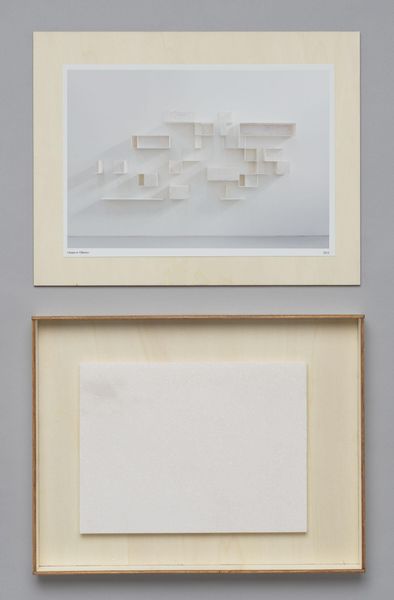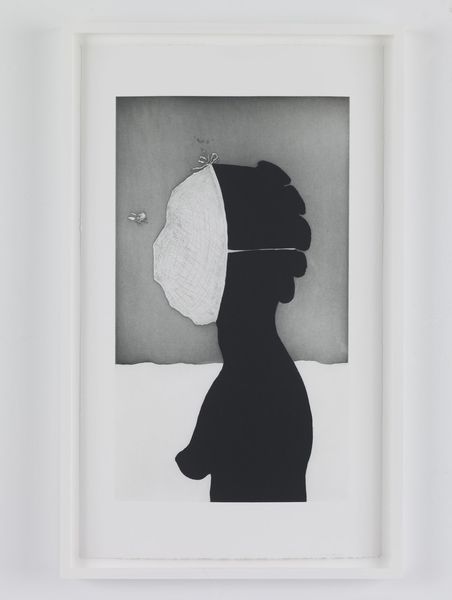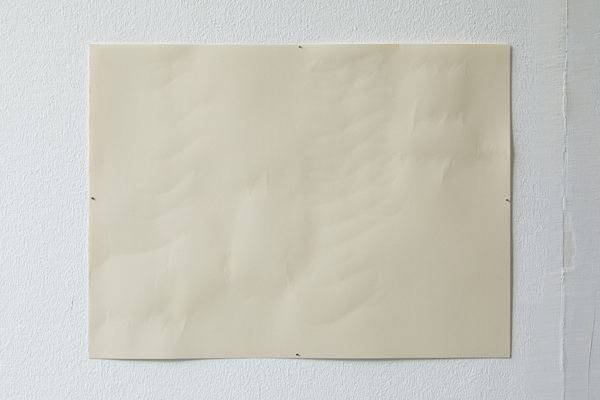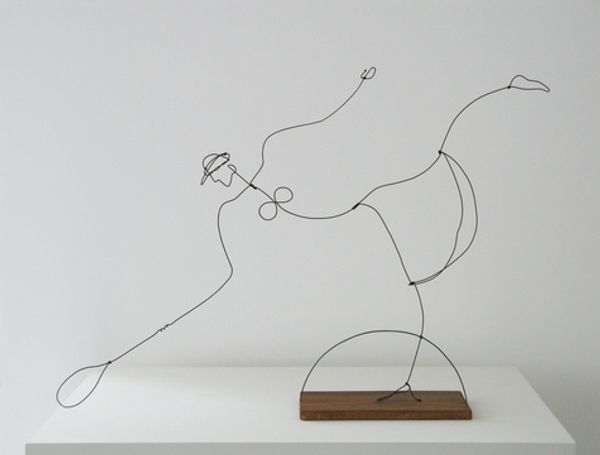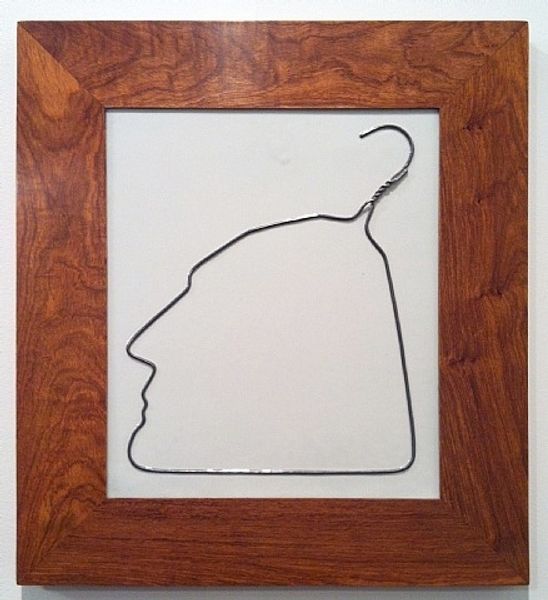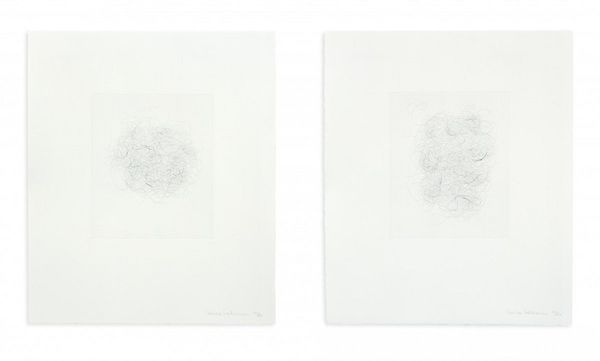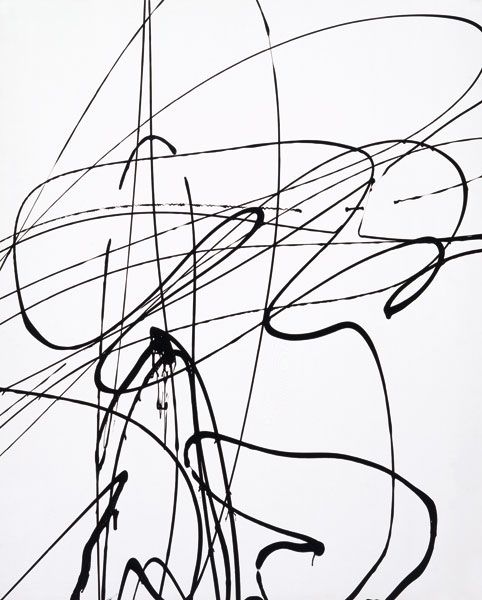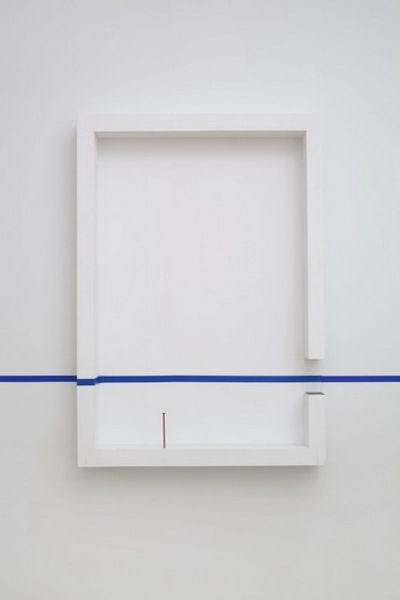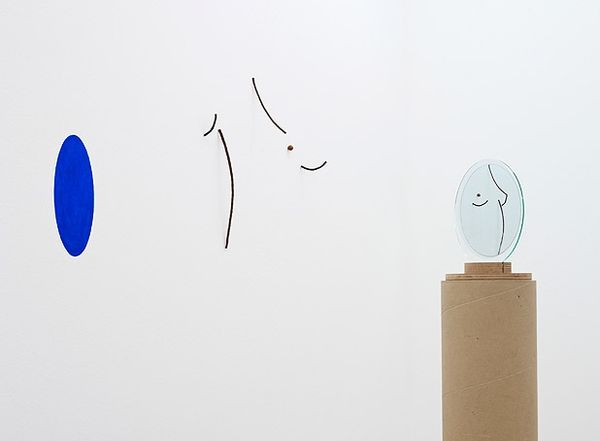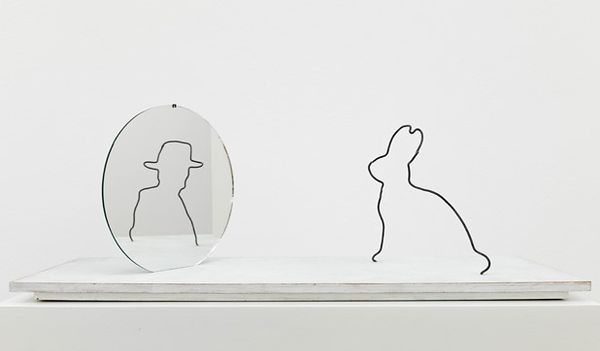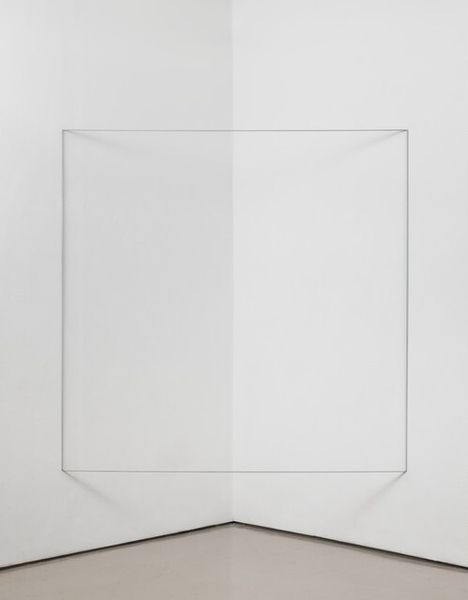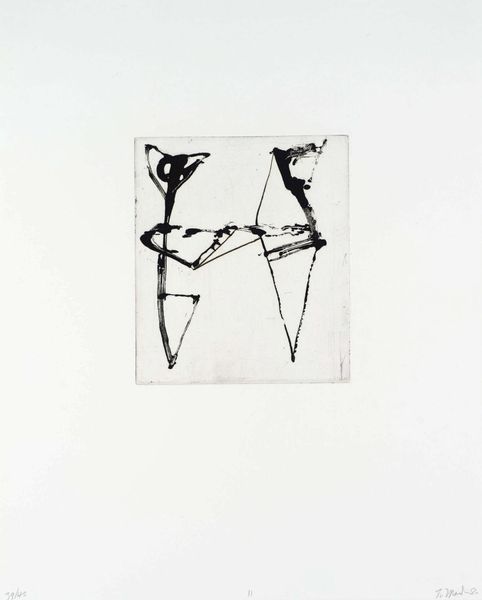
Dimensions: Overall display dimensions variable
Copyright: © Amikan Toren | CC-BY-NC-ND 4.0 DEED, Photo: Tate
Editor: So, this is Amikam Toren's "Simple Fractions." It's quite a stark installation with the shattered bottle and minimal drawing. What do you make of it? Curator: It feels like a melancholic equation, doesn't it? The shattered bottle, echoed in the fractured lines of the drawing, whispers of fragmentation, loss... but perhaps also, a strange sort of reconstructed beauty? What do you feel looking at it? Editor: I guess it’s about seeing the potential for new shapes and forms, even within something broken? It's definitely making me think about the value we place on wholeness. Curator: Exactly! It's a witty meditation on deconstruction, inviting us to find new meaning in the remnants of what was. What a thought!
Comments
Join the conversation
Join millions of artists and users on Artera today and experience the ultimate creative platform.
tate 7 months ago
⋮
Simple Fractions 1975 comprises two elements: a glass milk bottle that appears to have been smashed and glued back together, which sits on a small wooden ledge fixed to the wall, and a framed line drawing. The broken milk bottle was found by the artist on a London street. Toren gathered the shards of glass and, applying an archaeological approach to this most humble of objects, carefully reassembled it. In so doing, he was essentially re-making a readymade object. Toren used black glue to restore the milk bottle, in a practice at odds with the customary desire of the conservator or archaeologist to render such repairs invisible. By contrast, the dark lines this creates emphasize the joins between each fragment, forever pointing to the object’s former shattered state. The line drawing that is shown alongside the bottle is a painstaking copy of the lines of black glue that criss-cross the bottle. The historian Richard Dyer has written, ‘it is this lyrical meander that Toren has drawn with infinite care, as if he were mapping the various territories of some unknown country.’ (Dyer 2005, p.155.) Dyer also points out that this ‘“museumification of the utilitarian”, this transformation of the lowly object into high art … will be a recurring theme in Toren’s art’ (ibid.).
